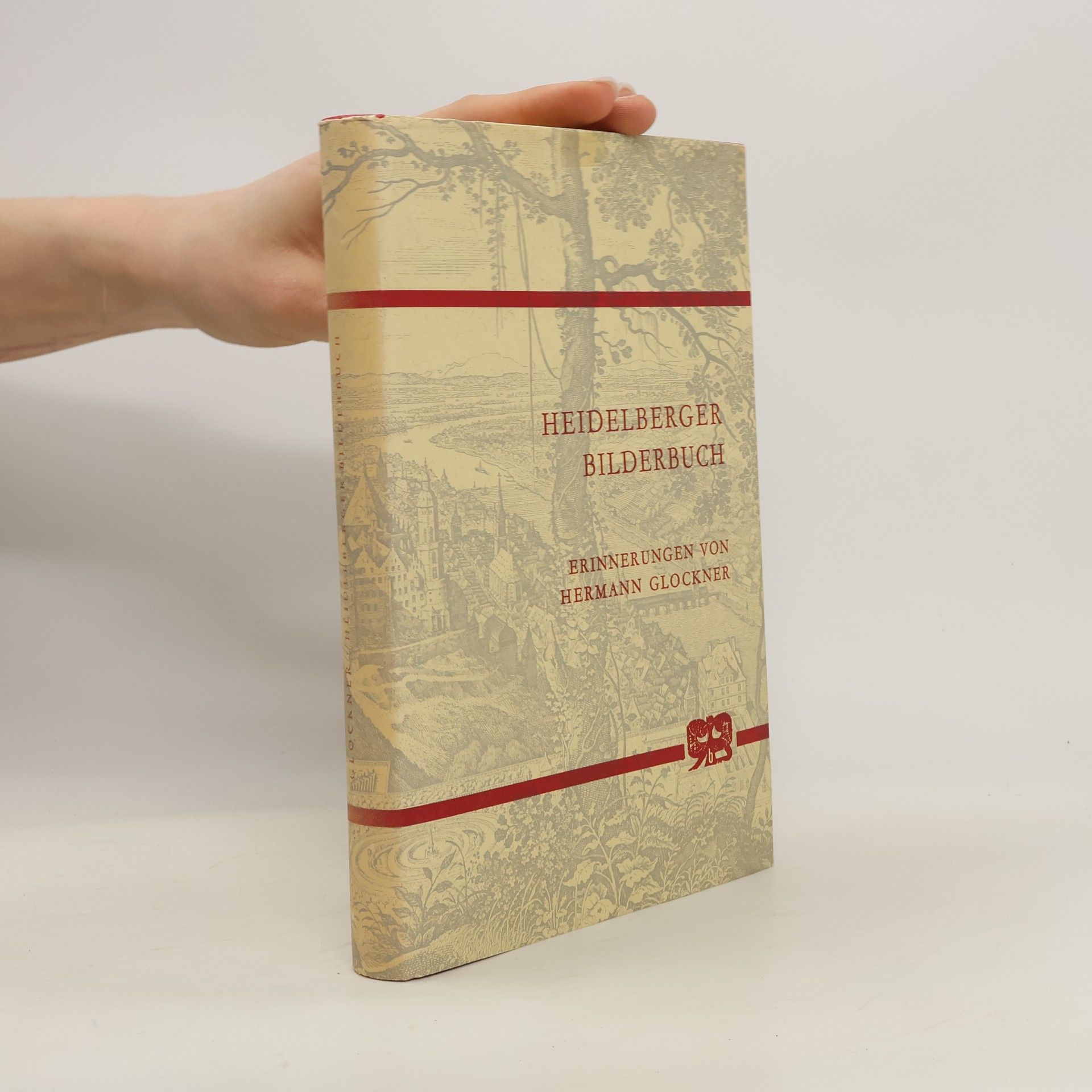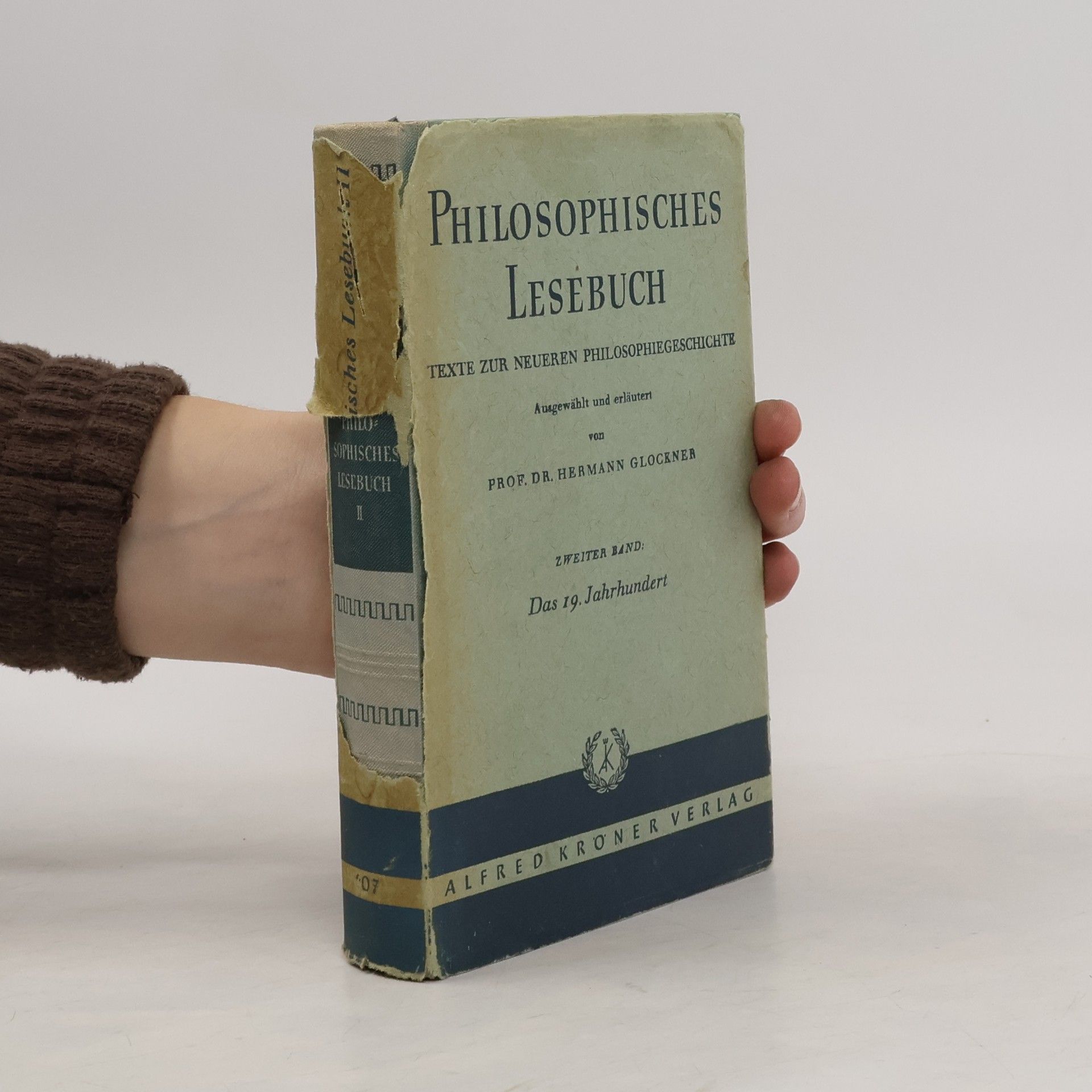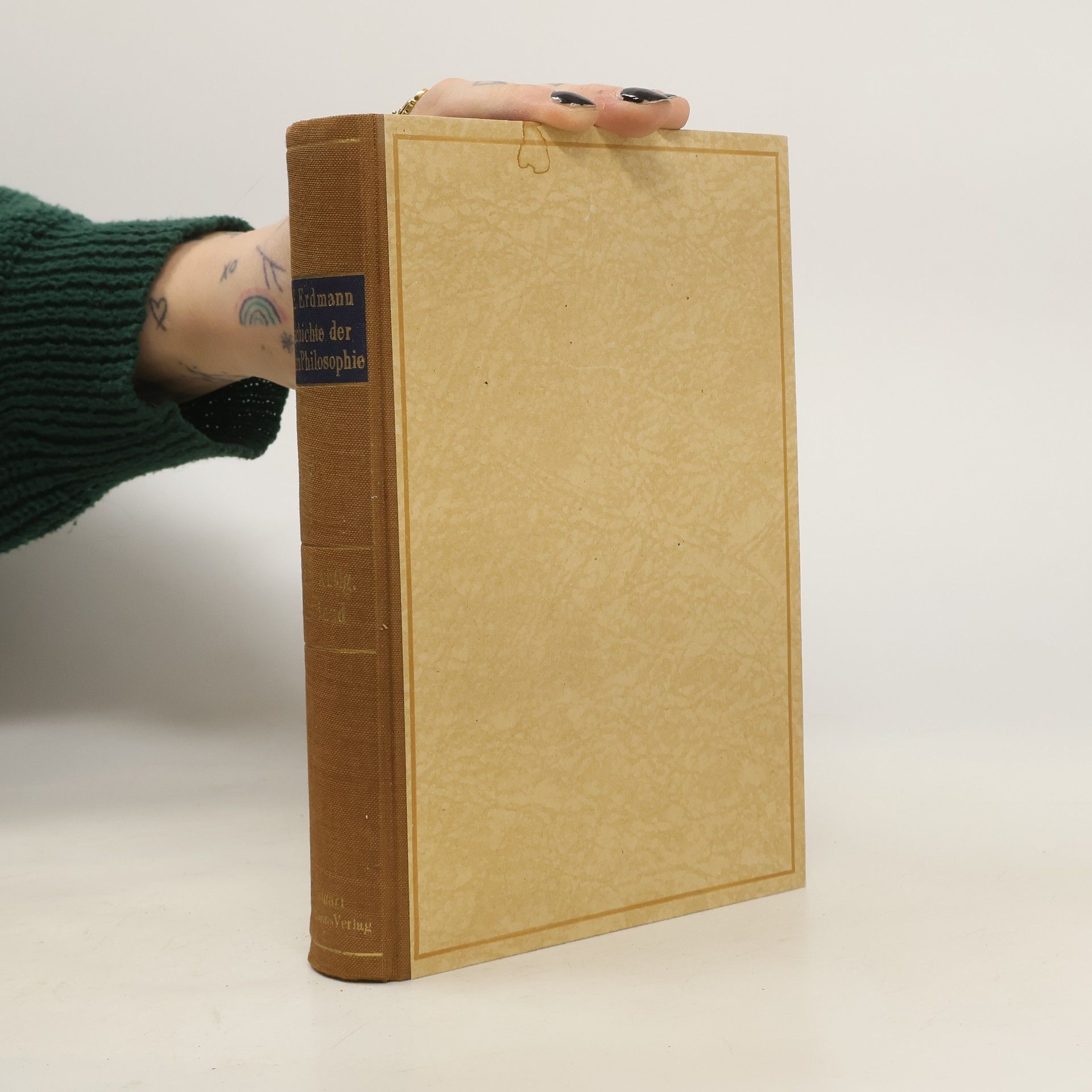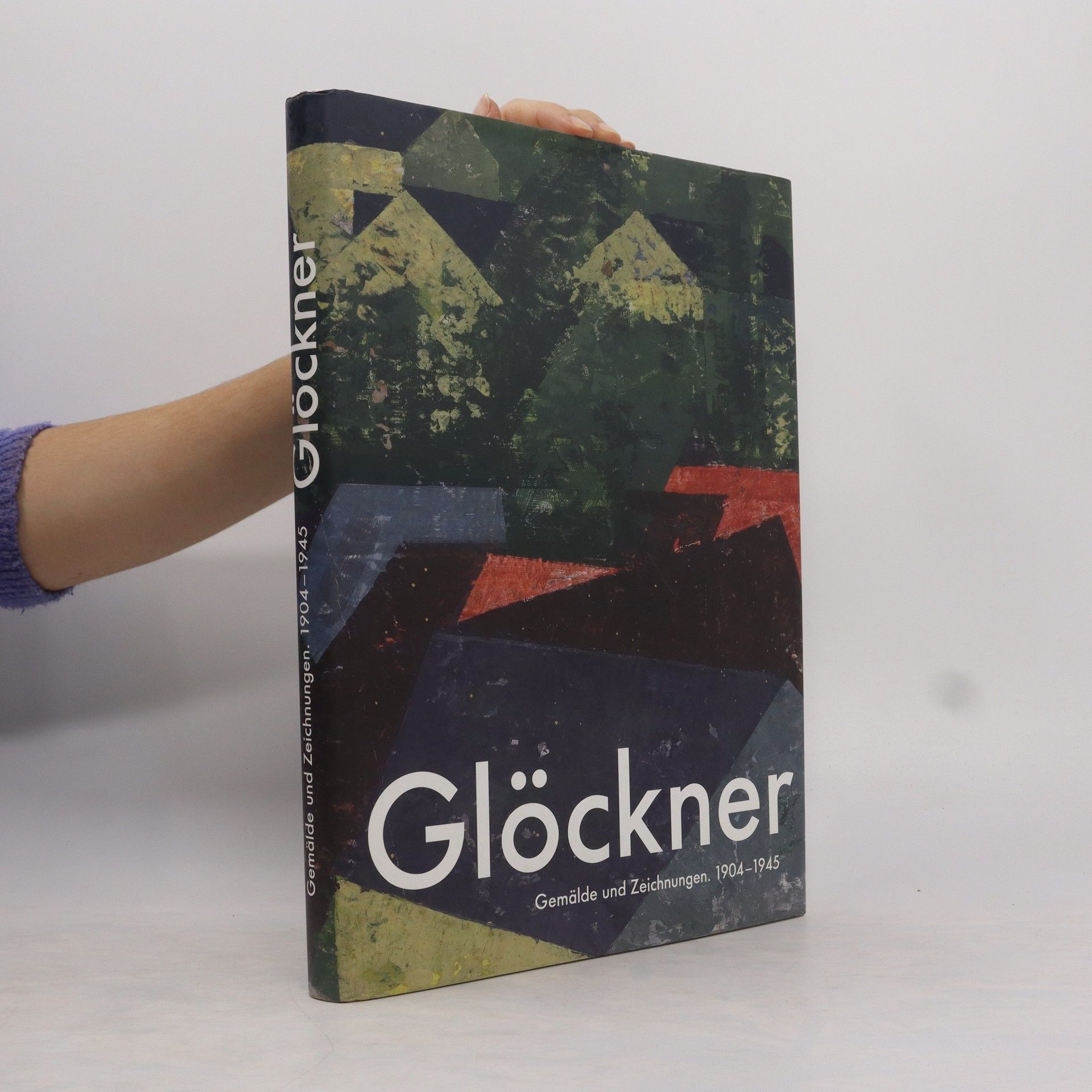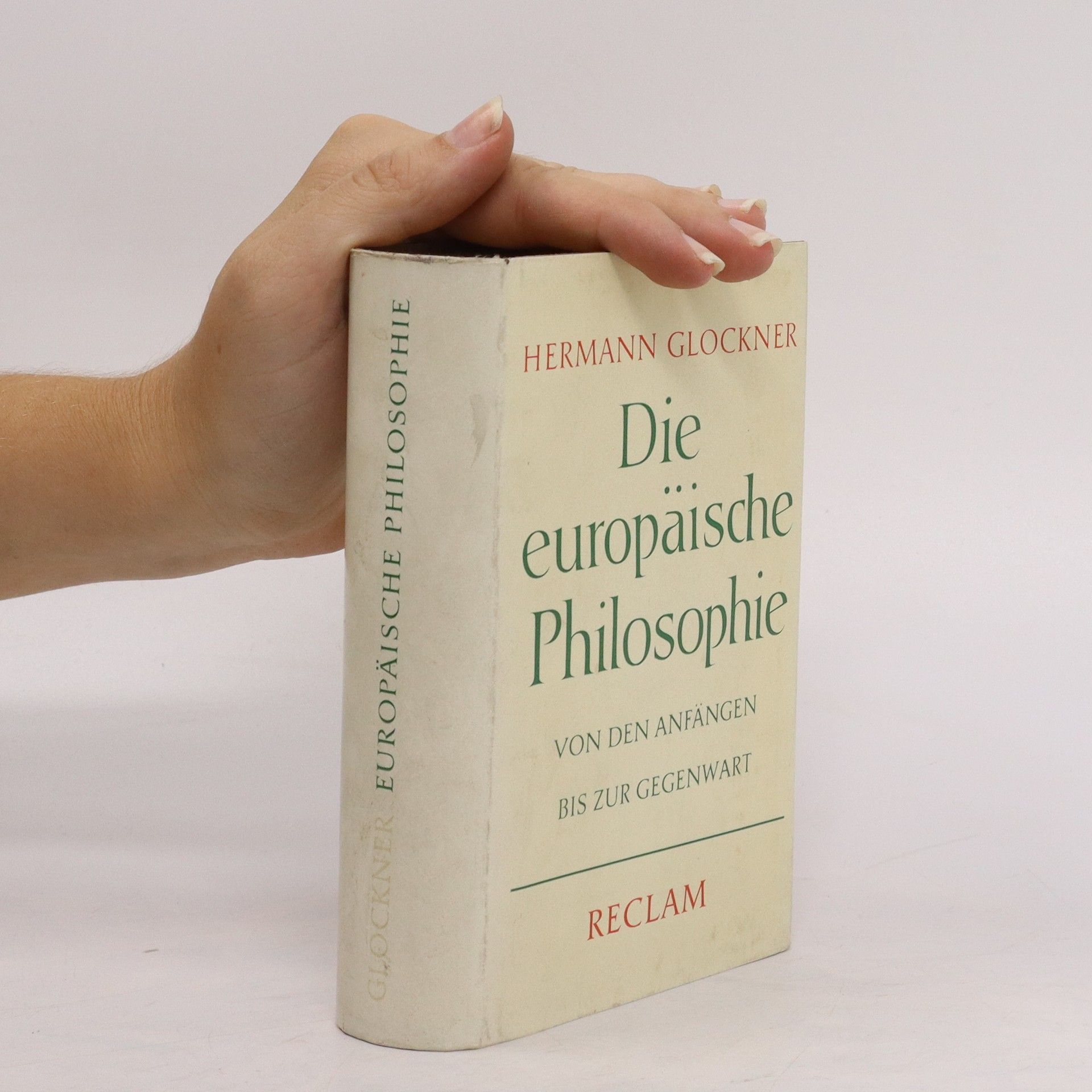Glöckner
- 305 Seiten
- 11 Lesestunden
Blick ins Buch >> http://verlag. sandstein. de/reader/422-12_Gloeckner Mit dem Werkverzeichnis der vor 1945 entstandenen Gemälde, Zeichnungen und farbigen Blätter Hermann Glöckners, ergänzt durch das Verzeichnis seiner Photographien, legen Christian Dittrich und Werner Schmidt (†) aus jahrzehntelanger Kenntnis heraus eine umfassende Dokumentation des künstlerischen Frühwerks vor. Glöckners Vorliebe für bildstrukturierende Elemente und Kompositionslinien, die er später zum Prinzip seines 'Tafelwerks' erhob und die ihn nach 1945 zu seinen Faltungen und dreidimensionalen Objekten führte, werden in ihrer Entwicklung anhand des reich bebilderten Werküberblicks nachvollziehbar. Die Publikation ist ein fundamentaler Baustein für die weitere Forschung zu einer herausragenden Künstlerpersönlichkeit, deren besonderer Stellenwert für die deutsche und europäische Kunst - und damit zur Kunstgeschichte des 20. Jahrhunderts überhaupt - erst spät erkannt wurde.

